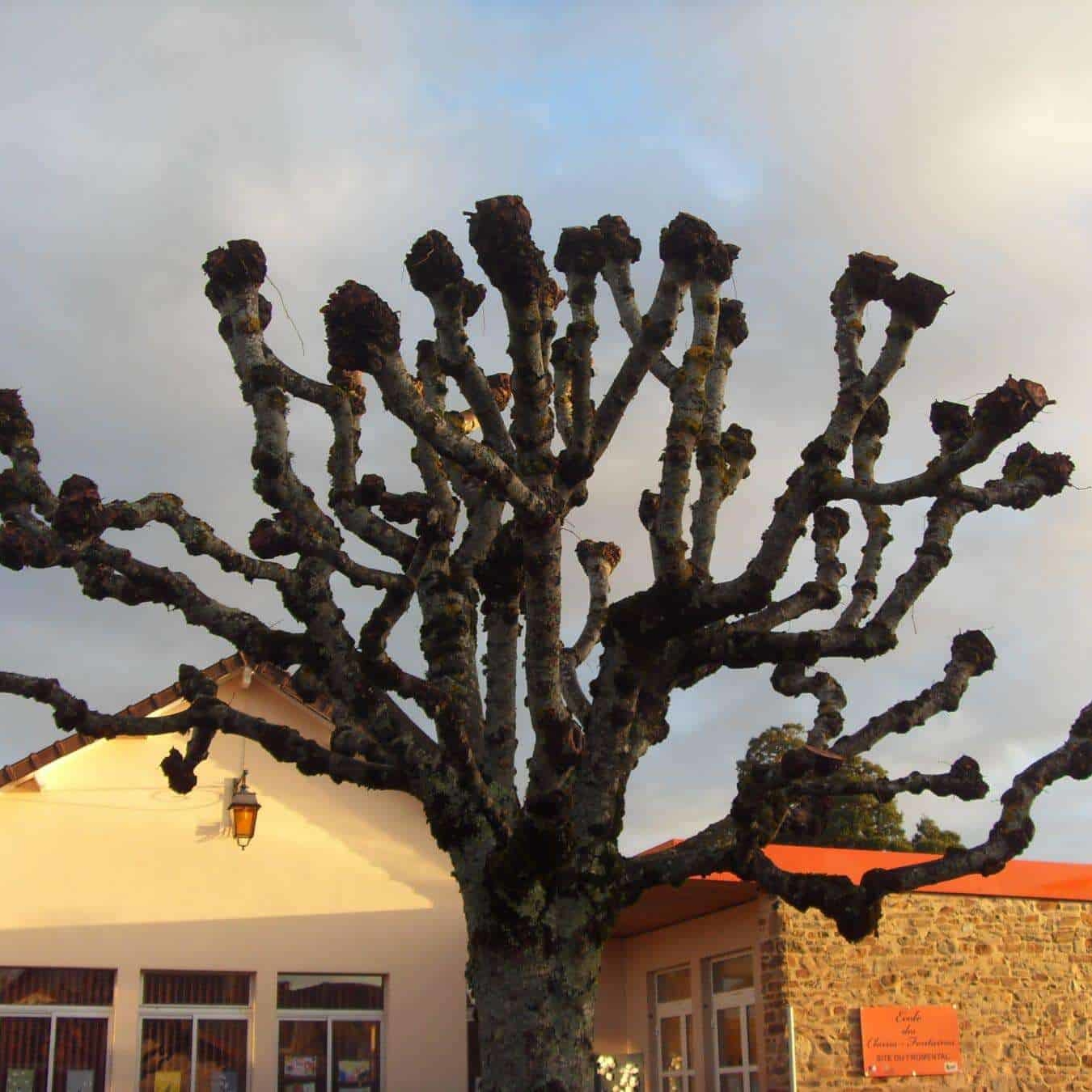Cutting your own foliage for decorating the house at Christmas time is an exciting part of the build-up to the festive season. It gives you an opportunity to get creative and put a personal stamp on your decorations.
There’s a wide choice of evergreen shrubs, trees and conifers that can be used for making wreaths, swags and table decorations. That said, there are a few different attributes to consider when selecting plants for your garden for this purpose.
Some plants take a while to establish and therefore will take several years before you are able to cut significant amounts of foliage from them. Others may yield good volumes early but are more vigorous, needing greater space and more maintenance.
If you really want to go to town and cut large quantities then you may need to grow a ‘cutting hedge’ or dedicate an area of the garden to this purpose. Regular cutting back of the current season’s foliage will impact on the decorative nature of the shrub or tree. Hard pruning in the winter can impact on form, flowers and fruits. If you just wish to make a few table decorations and maybe a wreath for your door, then you will probably not spoil your plants too much by cutting smaller amounts. You can therefore incorporate them into the overall design for your garden. Below are some suggestions with their key attributes:
Sarcococca hookeriana ‘Digyna’: Highly perfumed evergreen shrub that flowers at Christmas time. ‘Digyna’ has red-flushed stalks and shiny, long, pointed leaves. This is a compact plant that will tolerate shade in most moderate soils.
Ilex ‘Golden King’: Actually a female variety of variegated holly, so produces berries. Make sure that a male variety grows close by as pollination is needed for berries to form. Hard pruning will trigger vigorous new growth useful for wreath-making. Leave some stems unpruned if you want berries.
Eucalyptus gunnii and Eucalyptus pauciflora niphophila: Both produce plenty of glaucous foliage. E. gunnii has rounded leaves on the young growth where as pauciflora niphophila has longer leaves. Both are lovely for making modern wreaths. Both are rather vigorous but can be kept in check by hard pruning; this also triggers production of more of the younger leaves.
Euonymus fortunei ‘Silver Queen’: Easy care semi-vigorous evergreen shrub that grows in most soils, responds well to pruning and produces plenty of waxy green and cream foliage. It’s useful for wreaths and table decorations.
Abies procera glauca and Picea pungens ‘Glauca Globosa’: Two conifers that produce lovely dense growth of soft and blue-grey needles. Abies is more vigorous, while Picea is more suited to a smaller garden. If you have plenty of space, Cedrus atlantica ‘Glauca’ is stunning.
Skimmia japonica ‘Rubella’: Another great winter plant for a shaded corner, the tiny red flower buds offer plenty of winter interest.
Myrtus communis (Myrtle): Small, aromatic evergreen leaves and attractive fruits useful for wreath-making. It will grow in any well-drained soil in a sunny position.
Ivy is useful for its long flexible stems and long-lasting variegated foliage. Of course we should traditionally cut and use ivy alongside holly at Christmastime!
Caroline Wright
Caroline brings decades of horticultural experience, both practical and theoretical. Having lectured at Brackenhurst Horticultural University for many years, Caroline has now relocated to France and is following her passion for growing plants and teaching. Caroline and her husband Paul run the plant nursery, propagating all of the plants themselves and lead a wide selection of fun and interactive horticultural and craft based courses.



